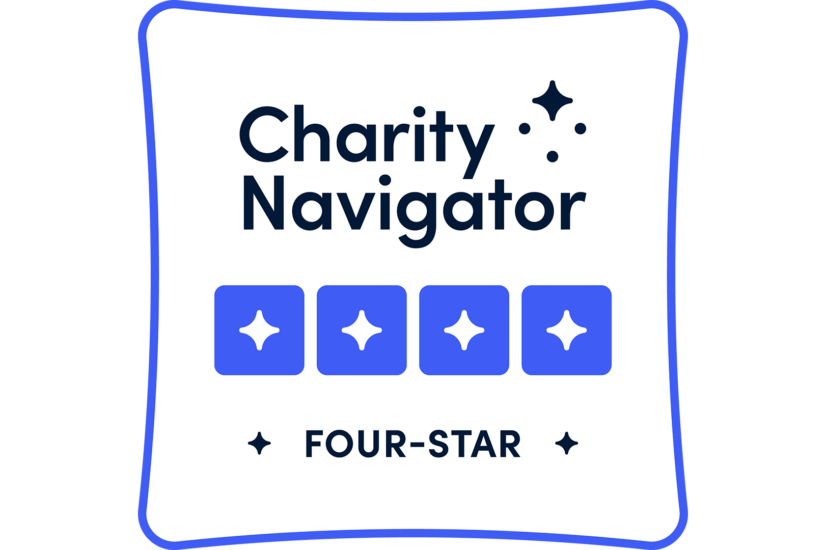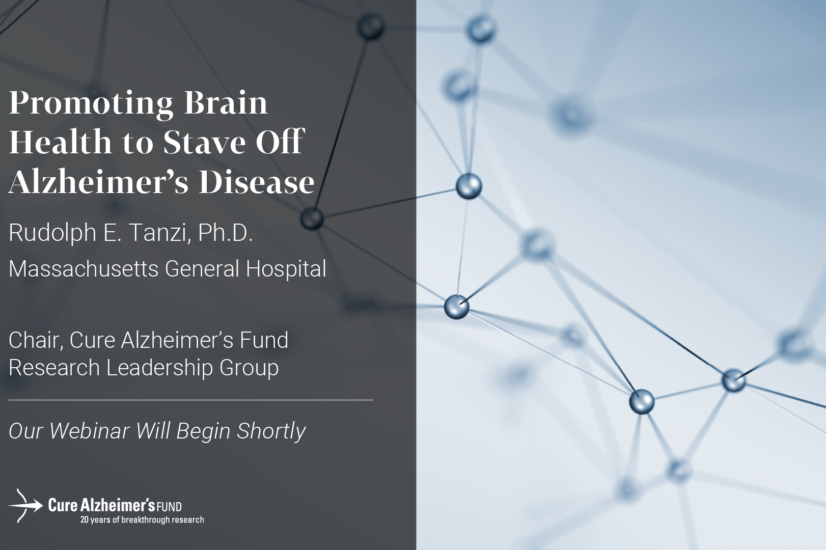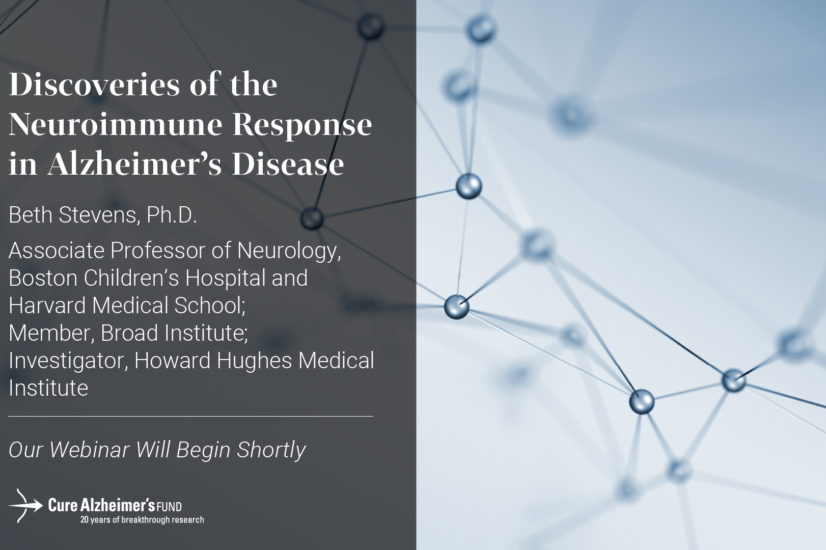The first family-based genome-wide association study in Alzheimer’s disease has identified the sites of four novel genes that may significantly influence risk for the most common late-onset form of the devastating neurological disorder.
BOSTON – The first family-based genome-wide association study in Alzheimer’s disease has identified the sites of four novel genes that may significantly influence risk for the most common late-onset form of the devastating neurological disorder. In their report in the November 7 American Journal of Human Genetics, being released online today, a team led by researchers from the MassGeneral Institute for Neurodegenerative Disease (MGH-MIND) describes how newly available technology is improving understanding of genetic mechanisms underlying the disease. The study presents the first results of the Alzheimer’s Genome Project supported by the Cure Alzheimer’s Fund and the National Institute of Mental Health.
“Only over the past five years have we had the tools necessary to identify the full set of genes influencing susceptibility to late-onset Alzheimer’s, which probably involves gene-to-gene and gene-to-environment interactions,” says Rudolph Tanzi, PhD, director of the MGH-MIND Genetics and Aging Research Unit, who led the study.
Adds Lars Bertram, PhD, of MGH-MIND, co-lead author of the study, “The emergence of gene chips, which identify markers from the entire genome, along with databases provided by the Human Genome Project and huge advances in genetic analysis give us the means to identify genes that previously would not have been considered candidates.”
In the first stage of their investigation, the researchers tested around a half million DNA markers, covering most of the human genome, in a National Institutes of Mental Health (NIMH) sample of more than 400 families in which at least three members were Alzheimer’s patients. Such family-based genetic studies are more rigorous and reliable in identifying true gene associations than those comparing patients with unrelated controls, explains Christoph Lang, PhD, of the Harvard School of Public Health, the other co-lead author of the study. “This work demonstrates the value and importance of family-based design in the area of genome-wide association studies for genetically complex diseases like Alzheimer’s.”
That analysis found five markers exhibiting genetic association with Alzheimer’s, one of which corresponds to the gene for APOE, the only gene firmly established to increase risk for late-onset Alzheimer’s. To confirm the four novel sites, the researchers analyzed samples from over 900 additional families. The strongest marker was located on chromosome 14 and was further supported by an independent analysis comparing 1,400 Alzheimer’s patients with healthy controls.
“The genetic association of Alzheimer’s with this novel chromosome 14 gene, which like APOE appears to influence age of onset, is sufficiently strong to warrant intensive follow-up investigations into its role in the process of nerve cell death in this disease,” says Tanzi. “This gene also is in the general vicinity of the presenilin-1 gene, which we know is an early-onset Alzheimer’s disease gene. We don’t know if that proximity is a coincidence, and we currently don’t know what the new gene does, although there is some indication it may control the activity of other genes.”
Another of the identified markers is in a gene known to cause spinocerebellar ataxia, a movement disorder that involves the death of nerve cells in other parts of the central nervous system, and a third is in a gene involved with the innate immune system, part of the body’s defense against bacteria and viruses. The fourth marker is in a gene that produces a synaptic protein, not surprising, Tanzi notes, since it is known that loss of synapses correlates well with dementia in Alzheimer’s.
“Virtually all current research into therapies is based on the Alzheimer’s genes that we already know about; so each new gene we find not only enhances our ability to predict and diagnose the disease, but also provides valuable new clues about biochemical events and pathways involved in the disease process.” adds Tanzi, who was a co-discoverer of all three of the known early-onset Alzheimer’s genes. He also is the Joseph and Rose Kennedy Professor of Child Neurology and Mental Retardation at Harvard Medical School. The team is continuing to investigate the implications of these novel genes as well as the possible impact of less strongly associated genes also identified in this study.
Additional co-authors of the AJHG report are Kristina Mullin, Michele Parkinson, Monica Hsiao, Meghan Hogan, Brit Schjeide, Basavaraj Hooli, and Jason DiVito, MGH-MIND; Iuliana Ionita, Hongu Jiang, Nan Laird, and Amy Murphy, HSPH; Thomas Moscarillo and Deborah Blacker, MGH Gerontology Research Unit; and Kari Ohlsen, Kathryn Elliott, Xin Wang, Diane Hu-Lince, Marie Ryder, Steven Wagner, and David Becker, TorryPines Therapeutics, Inc., La Jolla, Calif. In addition to the Cure Alzheimer’s Fund and NIMH, the study was supported by grants from the Extendicare Foundation and Eisai Co., Ltd.
Massachusetts General Hospital (www.massgeneral.org), established in 1811, is the original and largest teaching hospital of Harvard Medical School. The MGH conducts the largest hospital-based research program in the United States, with an annual research budget of more than $500 million and major research centers in AIDS, cardiovascular research, cancer, computational and integrative biology, cutaneous biology, human genetics, medical imaging, neurodegenerative disorders, regenerative medicine, systems biology, transplantation biology and photomedicine.







